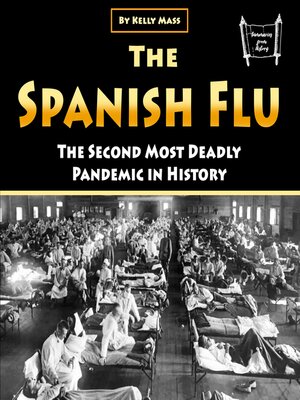
Sign up to save your library
With an OverDrive account, you can save your favorite libraries for at-a-glance information about availability. Find out more about OverDrive accounts.
Find this title in Libby, the library reading app by OverDrive.



Search for a digital library with this title
Title found at these libraries:
| Library Name | Distance |
|---|---|
| Loading... |
This audiobook is narrated by a digital voice.
The influenza pandemic of 1918-1919 stands as one of the most devastating health crises in human history, yet its very name reflects the fog of war and censorship that shrouded its origins. Known as the "Spanish Flu," this moniker is perhaps the greatest misnomer in medical history. Spain, neutral during World War I, suffered no more than other nations from this global scourge, but its press freedom allowed honest reporting of the crisis while combatant nations suppressed news that might damage wartime morale.
The pandemic's true birthplace remains debated among historians and epidemiologists. Some evidence points to Camp Funston in Kansas, where Private Albert Gitchell reported to the camp hospital on March 4, 1918, complaining of fever, sore throat, and headache. Within days, hundreds of soldiers at the camp fell ill with similar symptoms. Other theories suggest origins in France, where British and Chinese laborers lived in overcrowded conditions, or in the trenches of the Western Front, where soldiers from across the globe mingled in unsanitary conditions perfect for viral transmission.
What we know with certainty is that this was no ordinary seasonal flu. The virus, later identified as an H1N1 strain, possessed an unusual and terrifying characteristic: it killed not just the elderly and infirm, but struck down healthy adults in their prime with devastating efficiency. The pandemic would ultimately claim more lives than the Great War itself, killing an estimated 50 to 100 million people worldwide at a time when the global population was only 1.8 billion.







